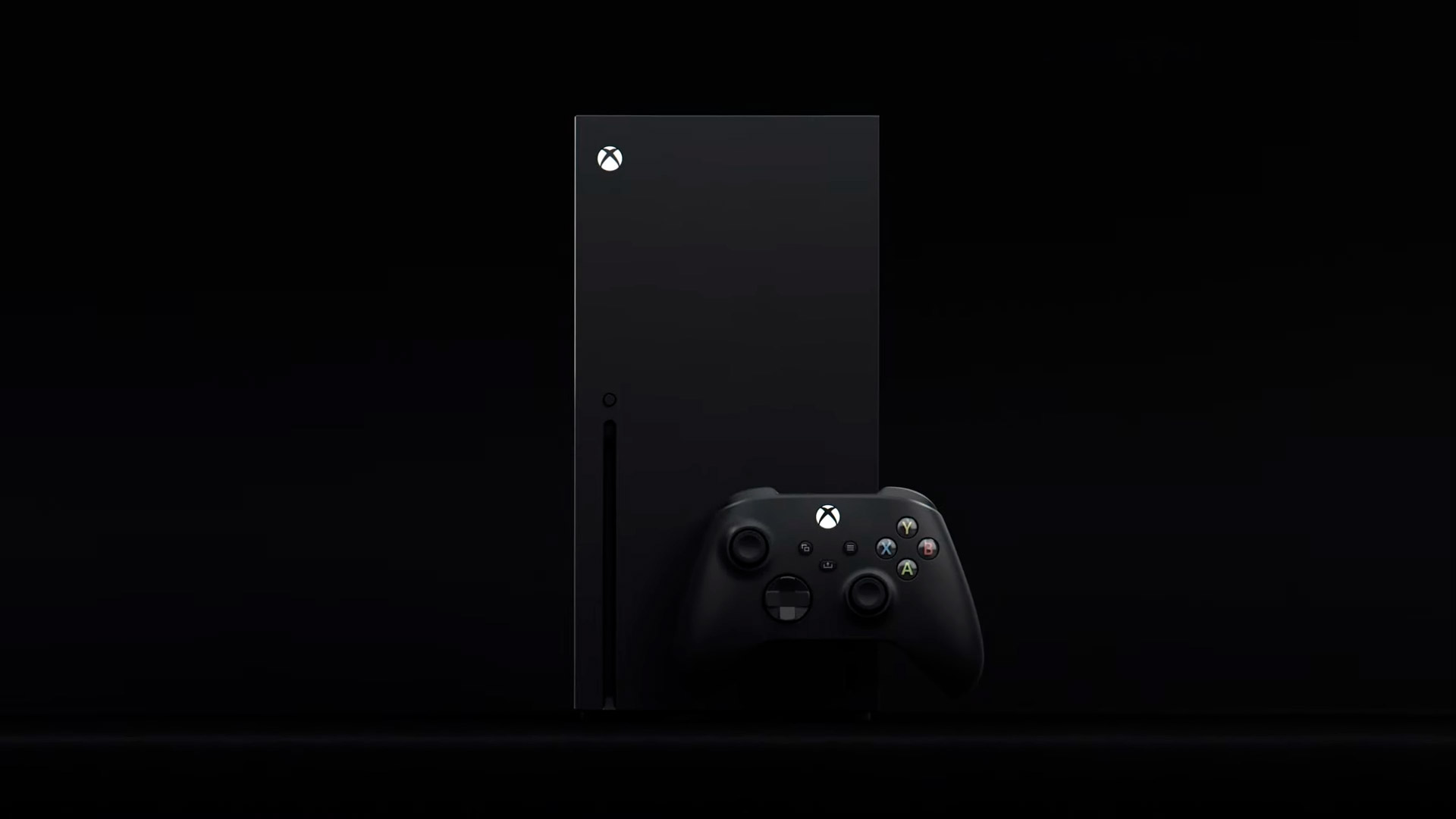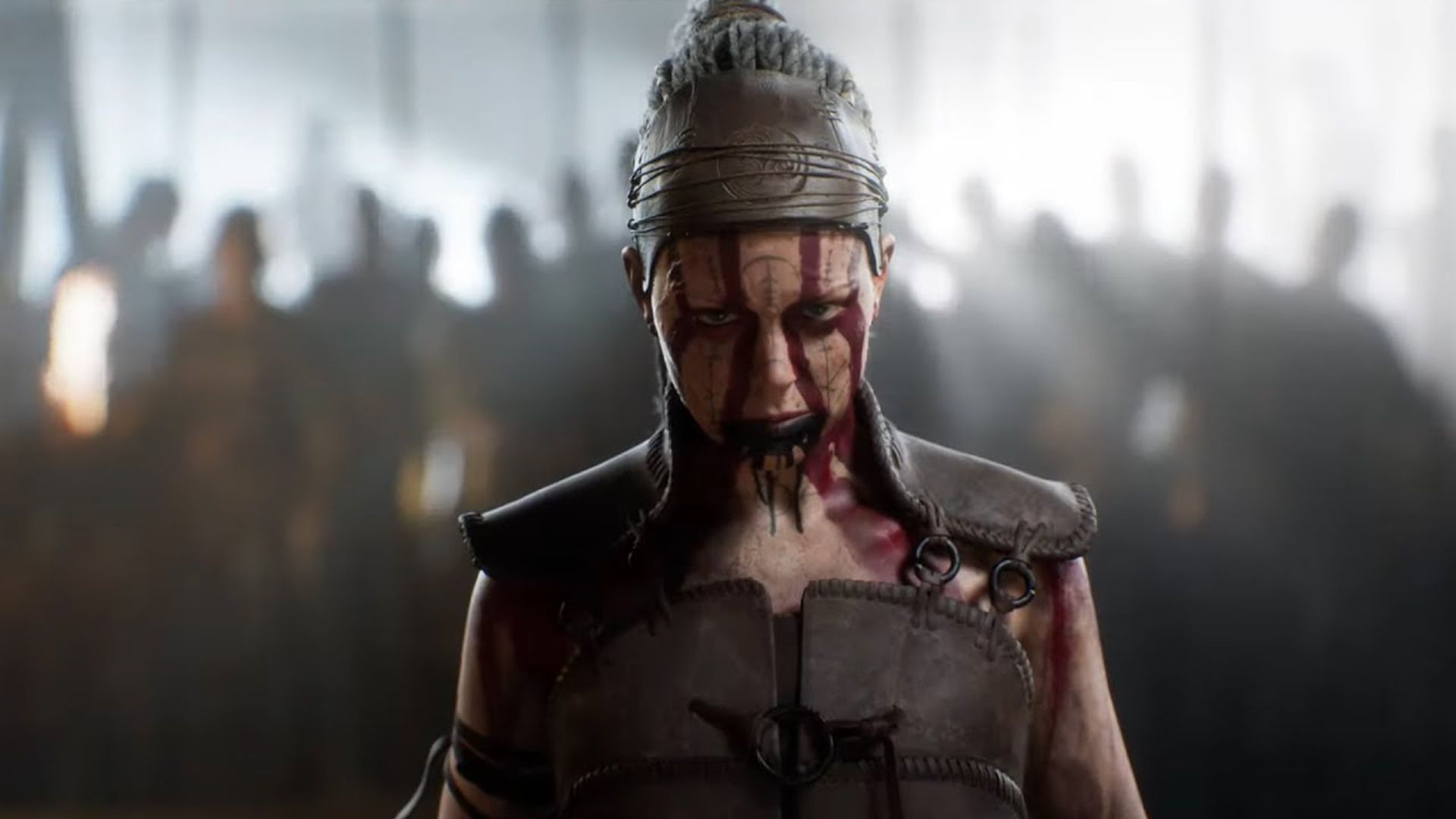
Recently, Microsoft shared further details about its upcoming Xbox Series X console. The most exciting takeaway was our first glimpse at performance figures for the ninth-gen consoles. Sweeping aside the leaks, speculation, and unverified NeoGAF posts, Microsoft announced that the Xbox Series X would feature a 12 TFLOP graphics processing unit, based on the RDNA2 architecture. This is the most explicit information we’ve received from the console makers till date about the graphics capabilities of the next-gen consoles. Exactly how fast is the Xbox Series X, relative to existing PC hardware? And what’s it capable of delivering? These are now questions we can offer meaningful answers to.
Where does the Xbox Series X stand relative to PC hardware?
The Xbox Series X will offer a tremendous improvement in performance over the eighth-gen consoles and their mid-cycle refresh counterparts. This isn’t up for debate. What is, though, is exactly how powerful the Series X will be relative to existing PC hardware. Since the release of the PlayStation 4 and Xbox One back in 2013, PC hardware has grown in capabilities by leaps and bounds. Even in terms of raw compute-which isn’t a reliable metric since modern architectures deliver more gaming performance per teraflop of compute-today’s flagship graphics cards like the RTX 2080 Ti are over 10 times as powerful as the base eighth-gen consoles. This sets very high standards for the Xbox Series X: an iterative improvement over the Xbox One X would be meaningless at this point. So exactly what does 12 TFLOPs mean in this context?
In comparison to existing AMD hardware, this would put the Xbox Series X’s compute performance more or less on par with the 12.5 TFLOP Vega 64. It would also, (notionally) mean that the console delivers twice the graphics horsepower of the Xbox One X. This, however, is a rare case where the truth is likely better than the marketing hype. The Xbox Series X almost certainly delivers more than 2 times the gaming performance of the Xbox One X. How is this possible? It has to do with the RDNA2 architecture and gaming-specific optimizations relative to GCN.
AMD’s GCN architecture has been one of the longest-lived paradigms in the history of graphics hardware. GCN 1.0 debuted in 2011 with the Radeon HD 7970. Subsequent iterations of GCN didn’t change much: newer cards like the R9 Fury Series and AMD’s Polaris lineup changed other aspects-the memory configuration and clockspeeds respectively in those two cases. Clock for clock, with other factors like memory bandwidth remaining the same, GCN 4.0 delivers less than 10 percent greater performance than GCN 1.0. IPC improvements were incremental at best across the lifespan of GCN. RDNA 1.0 introduced a plethora of gaming-oriented optimizations, including a narrower wave32 instruction set, ensuring optimal utilization of shader resources, a retooled cache and memory hierarchy, and more. We have fewer details available about RDNA 2.0 improvements, but IPC improvements are likely to be non-negligible. RDNA 1.0 was itself a massive improvement. The 7.9 TFLOP RX 5700 delivered better performance than the 12.4 TFLOP RX Vega 64.
What does this mean for the Xbox Series X’s GPU? These numbers are almost certain to hold true with the Series X’s RDNA-based GPU. It would indicate that in terms of actual gaming performance, the Xbox Series X will deliver between 3-4 times more power than the Xbox One X does right now. Barring CPU limitations, this means that anything the Xbox One X can run at 4K, the Xbox Series X can deliver at a locked 60 FPS. Relative to the PC market, it also means that the Xbox Series X can stand on its own against the very best cards out there.
At present, there is no single AMD card that offers gaming performance on par with the Xbox Series X’s GPU. The closest we get is the RX 5700 XT, which delivers about 80 percent of the Series X’s graphics power. Moving over to Nvidia hardware, the Xbox Series X’s GPU is faster than the RTX 2070 Super and stands as a midpoint, somewhere between the RTX 2080 Super and RTX 2080 Ti. This has significant implications all around: in terms of gaming prowess, cost, and the Xbox Series X’s lifespan.
What does 12 TFLOPs mean in terms of the Xbox Series X’s gaming capabilities?
With a 12 TFLOP RDNA2 GPU, it’s now evident that Microsoft wasn’t kidding around when it discussed 120 Hz and 8K gaming. The Xbox Series X’s GPU is more than capable of delivering 4K/60 Hz experiences in today’s graphically-intensive AAA titles. But it also has the headroom to go well beyond. Many people questioned whether or not the in-engine footage for Senua’s Saga: Hellblade 2 was actually indicative of ninth-gen gaming visuals. Polygon counts, especially on incidental details, were far in excess of anything we’d seen this generation. Moreover, draw distances stretched out so far that pop-in was almost non-existent. If the Xbox Series X features a 12 TFLOP RDNA2 GPU, though, this level of visual quality is well within reach, especially if we’re talking about a 4K/30 FPS experience. RDNA features a very high fillrate relative to GCN. This means less of a performance hit when handling scenes with extremely detailed character and environmental models as seen in the Hellblade 2 demo.
The Xbox Series X’s 12 TFLOP GPU, together with its relatively powerful Zen 2 processor will make it likely that 4K/60 FPS is the ninth-gen’s performance/image quality baseline. Unlike the eighth-generation consoles, an adequate level of CPU performance means that the Xbox Series X will likely be able to scale performance to higher GPU utilization limits. We won’t with 4K/30 experiences simply because of a lack of CPU horsepower. A faster CPU also means that 120 Hz experiences are a possibility, especially at lower resolutions. 1440- and 1080p/120 FPS experiences will transform eSports on the Xbox Series X. Popular eSports titles will deliver performance and latency parity with PC. Support for keyboard and mouse would mean genuine, compromise-free eSports experiences on console.
What does 12 TFLOPs mean in terms of the Xbox Series X’s pricing?
Everything we’ve seen so far points to the Xbox Series X being a premium, gaming-oriented console. From the large, boxy form-factor to the high-end gameplay showcases, to a GPU that’s faster than anything AMD has on the market at the moment. Unfortunately, what this means is that the Xbox Series X will almost certainly be a premium product in terms of pricing, too. The RX 5700 XT, a flagship AMD graphics card, delivers 20 percent less performance than the Xbox Series X’s GPU. Yet, its sticker price is $399. Even factoring in economies of scale and manufacturer discounts, it’s hard to see Microsoft’s bill of materials for the graphics unit alone come to less than $200-250 dollars, if not more.
Throw in next-generation NVMe SSD and an 8-core Zen 2 CPU that’s more or less on par with the $329 Ryzen 7 3700X and it’s hard to see Microsoft pricing the Xbox Series X anywhere less than $599. Even at that price-point, Microsoft will likely make a significant loss per unit. This makes rumors about a possible entry-level Lockhart offering seem realistic: Microsoft could claim performance dominance this generation with the Xbox Series X, while offering Lockhart to mass-market audiences at a more palatable price point. Whether that strategy ends up working or if people will simply opt for the PlayStation 5 is anyone’s guess at this point.
Conclusion
Microsoft really threw the gauntlet down when it revealed that the Xbox Series X would be featuring a 12 TFLOP GPU. It sets expectations or ninth-gen visual capabilities sky-high. It also challenges Sony to share more details about the PlayStation 5 early on to avoid growing suspicion that the console might not deliver on the performance front. In any case, we’re likely to hear more from both console makers in the months to come/ E3 2020 is looking more exciting by the day.

















